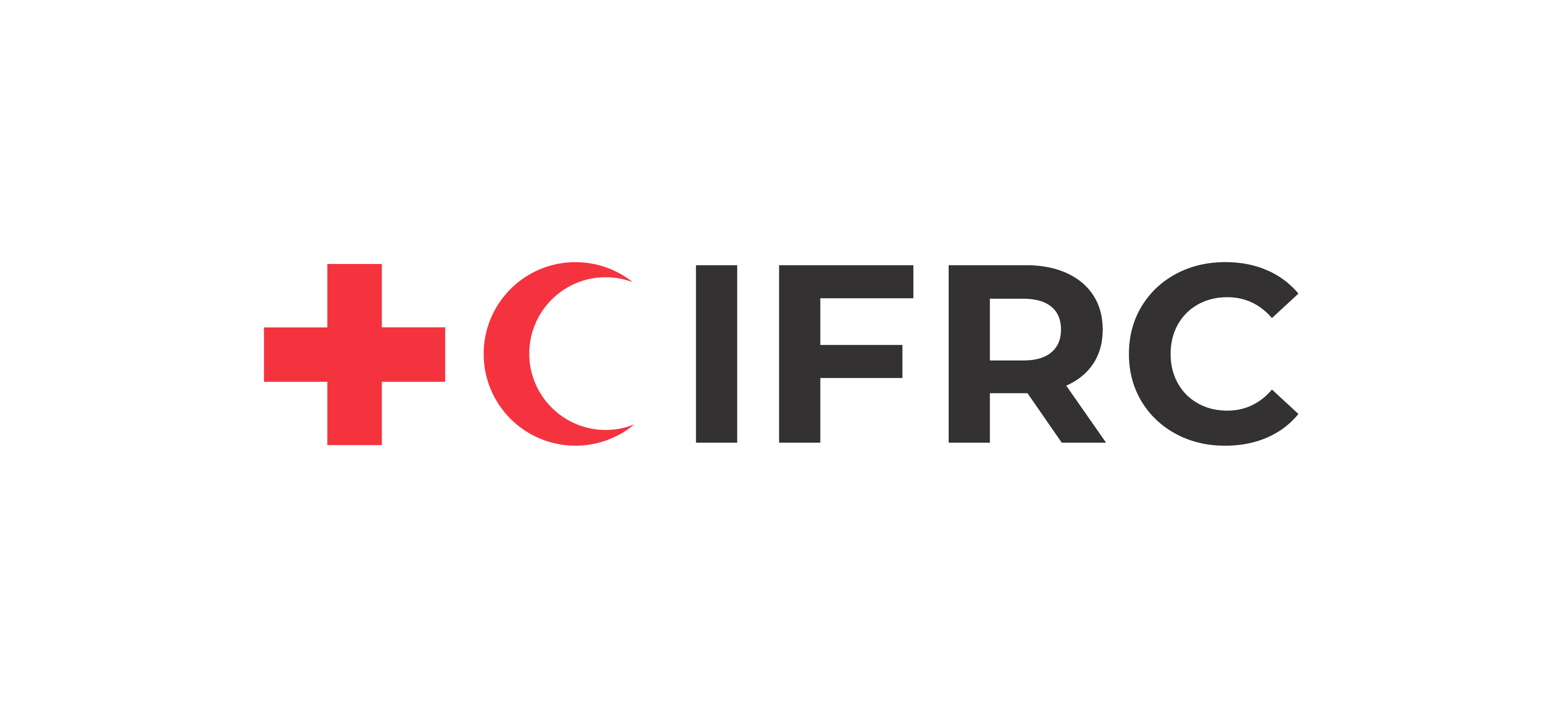
Level five. accompany implementation and learning
While the key output of the EVCA is a report that summarizes the findings of the assessment and risk reduction action plan, the resilience process does not end there. It is important that the National Society keep supporting the community to implement the action plan. Remember, the EVCA covers only part of the process in the Roadmap to Community Resilience. Here, the EVCA process connects with Stage 3 of the Roadmap to Community Resilience (Taking Action for Resilience).
Step 13. Accompany implementation
The community must feel that they own the assessment and action plan, and should be motivated to implement it. As described in the Roadmap to Community Resilience, the key Red Cross Red Crescent role is to accompany, enable and connect the community!
This support is expected to yield two results: strong community organization and adequate human, financial and material resources for the community to implement their action plan.
Label
13.1 Support the creation of a committee
The risk reduction and resilience-building effort needs to be owned and led by the community. For this to be possible, there has to be a community organization in charge of leading the implementation process. Ideally, an existing community-based organization can play this role - and you may have identified one during the capacity assessment. This local community organization can, if needed, be capacitated and asked to include the most at-risk community members in its activities. However, if there is no relevant community organization, the local EVCA team should facilitate the creation of one through a participatory and democratic process.
Click here to read more >
Label
13.2 Connect to partners
The EVCA process often identifies a variety of issues to be addressed related to many different sectors.
While the technical departments of your National Society should be mobilized to help communities meet their resilience ambitions, there will be instances where they do not have adequate capacity to support all activities identified in the action plan. Certain projects may require support from outside the RCRC and the community. The role of your National Society will therefore be to help connect the communities to the most relevant stakeholders and partners.
Click here to read more >
Label
13.3 Mobilize resources
Different types of resources are required for the implementation of the risk reduction action plan. These resources can be human, technical, financial and material.
The community may not have adequate resources for some of the activities in the action plan, in which case the National Society needs to support it to mobilize resources. Resources can be mobilized internally within the community or externally.
Click here to read more about resource mobilization >
Step 14. Support monitoring, evaluation and learning
The main aim of monitoring and evaluation is to help communities learn from the results of their resilience-building action, make adjustments if needed, and motivate community members and stakeholders to move forward with further improved resilience actions. The EVCA process strongly promotes participatory monitoring.
Label
14.1 Motivate to monitor
Explain to the community the reasons and importance of proper monitoring. Reassure them that it is normal and beneficial to want to know how things are going, especially when the community is investing time, energy and other resources in the implementation of their risk reduction action plan.
Discuss with communities why regular monitoring is important and why all stakeholders should contribute.
Click here to read more >
Label
14.2 Track progress
Explain to the community that checking that the risk reduction action plan is on track is key to success. The focus here is not only to track progress in the implementation of the action plan but also how it is being implemented. It is the community that should decide on the methodology to monitor the action plan.
In addition, you can now re-apply a resilience measurement tool to measure the impact of your resilience-building and risk reduction actions.
Click here to read more >
Label
14.3 Draw and apply lessons from success and failure
Guide the community to use its monitoring results to consider how their risk reduction action plan should change, if at all. Change might involve continuing, scaling up, adapting, innovating or stopping certain activities depending on how the plan is evolving and what is being achieved. Don't forget that the best job you can do as a National Society/branch is to use the EVCA process to transform and empower the community to independently and inclusively strengthen their resilience and reduce risks.
At the National Society/branch level, you will probably need to conduct your own organizational monitoring. This may be tied to required tasks for your donors and may benefit from collaboration
with local authorities and partners. Celebrate success but also learn from any mistakes and find ways to improve.
EVCA - Level Five: Accompany implementation and learning
Click below to explore Level Five and its activities in more detail.
© International Federation of the Red Cross and Red Crescent Societies 2018